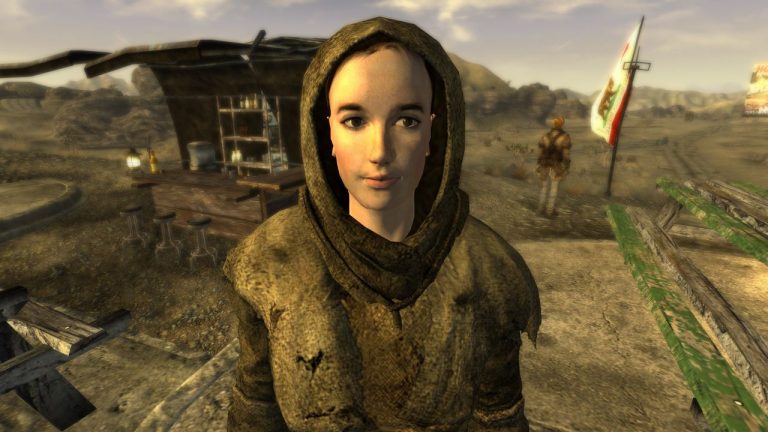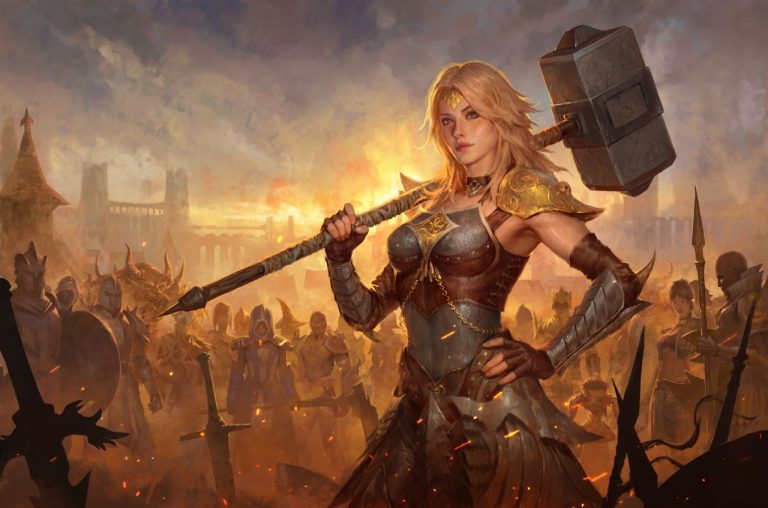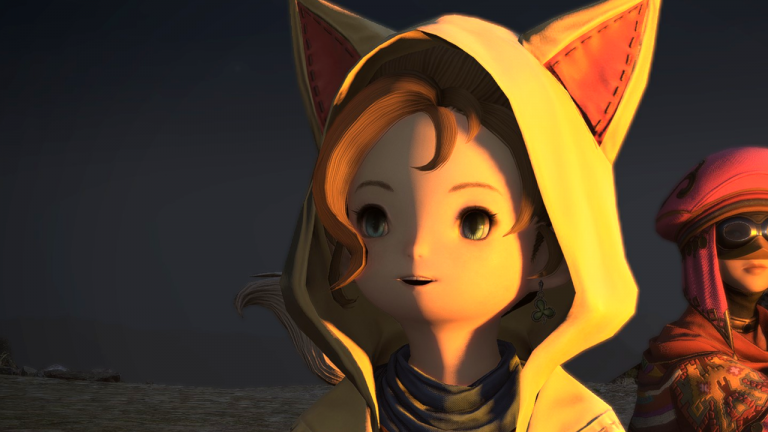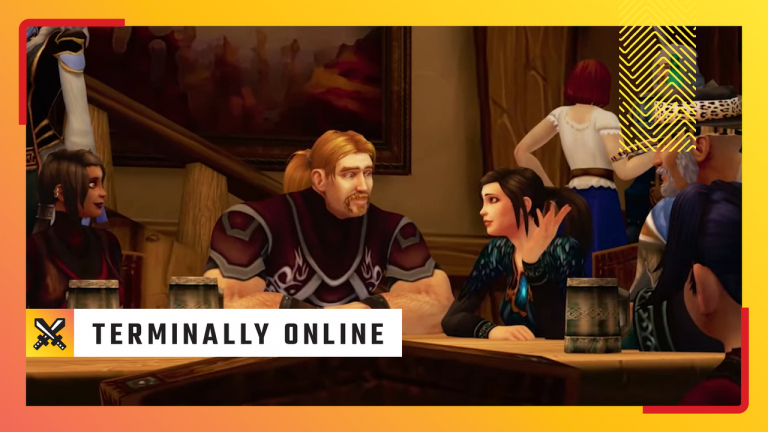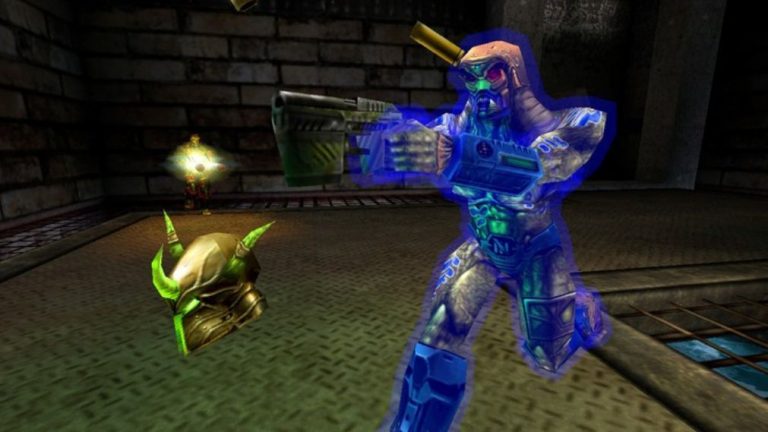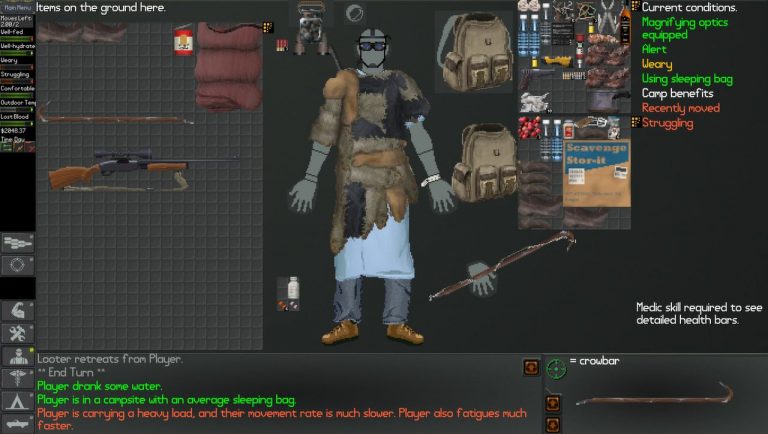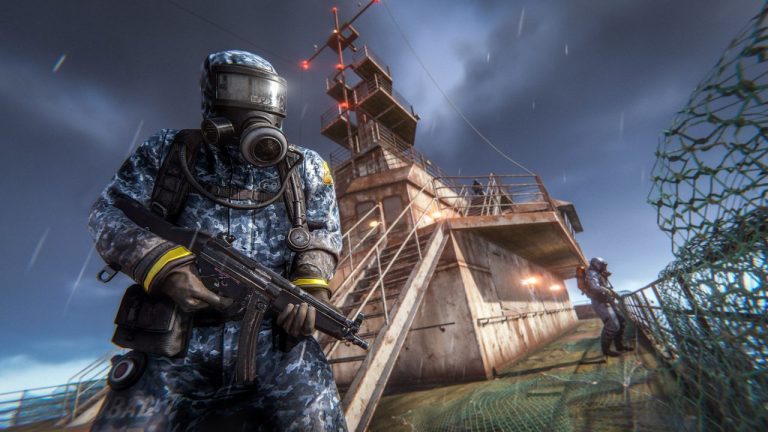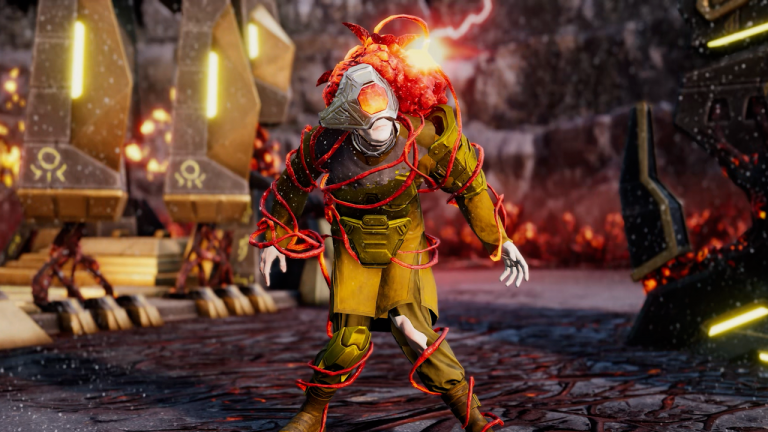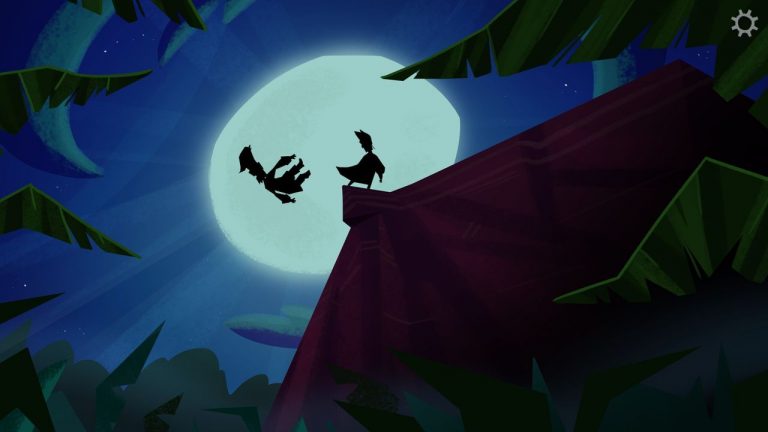I’m not cut out for life on the frontier. I have, at time of writing, died to bandits, lizards, beetles, random misfortune, and “snacks,” and the forecast is I will find even dumber things to die to in future.
This is Arco, a “dynamic tactical RPG” that’s also a magical western. It’s a 2D, side-scrolling thing where you play the role of several different members of an indigenous community over multiple acts, often dealing with the tragic, vengeful aftermath of colonialist crimes against your clan and kin.
(Image credit: Panic)
Which is fairly grim, but it all takes place in an absolutely beautiful lo-fi world and features some innovative and deceptively simple combat. I came into Arco expecting something pretty, but that had nothing I hadn’t seen before. I came away truly impressed by what it managed to do with a relatively minimalist toolset.
Out west
The couple of hours I spent with Arco was divided between two characters: Teco and Tizo, both indigenous members of Arco’s setting who butt heads with the Newcomers, the game’s term for what are—in essence—settlers. Teco’s part of the story makes up the game’s first act, which consists mostly of tutorialisation. He and his kin are en route to pay homage to the Sacred Tree, a gnarled old plant that forms a key part of his community’s religious mythology.
Which looks gorgeous, by the way. Despite (or because of) its pixelly, lo-fi graphics, Arco renders its Mesoamerican setting with an incredible sense of style. Red mesas pop, yellow sands stretch out to meet the sky at the horizon, and landmarks like the Sacred Tree feel every minute of their ancient age. It helps that vistas like these just aren’t all that common in games; it all feels very new as well as lush and vibrant.
(Image credit: Panic)
Anyway, Teco’s problem is he doesn’t have an offering, and some Newcomers have posted up around the base of the tree, so the community caravan rests up to pause and assess. Cue conversations with your fellow travellers and some combat tutorials. Getting an offering for the tree means slaying some lizards. Slaying some lizards means learning to fight.
Arco’s fighting is an interesting blend of turn-based and real-time combat. You have a limited supply of Magia—pretty much your action points—every turn, and get to take as long as you like deciding what you’re going to spend the next turn doing. Thing is, both you and your enemies move simultaneously. If they’re gearing up to shoot (icons above their heads indicate what your enemies’ next planned move is), you’d better hope you have the distance between you to move out of the way. The strategy only gets more complex and involved as you race up your own skill tree and meet enemies with newer, faster, and more devious movesets.
(Image credit: Panic)
It’s a great mix that makes the combat feel both strategic and fast-paced, and it’s made all the murkier by the game’s Guilt mechanic. Certain actions—which haven’t been explicitly marked so far in what I’ve played—will lead your characters to accrue, well, guilt. For instance, I had a slightly dodgy encounter with some travellers on the road. They were tense, nervous, jumpy, maybe bandits? I didn’t want to take the chance, so I shot them dead.
Turned out they were just a family nervous about a stranger on the road. Oops. My next fight suddenly began spawning ghosts—literal emanations of my guilt, but the thing is that those ghosts can move around and hurt you during the planning phase of combat. Where before you had all the time in the world, quite literally, to hash out your moves, now you have to rush to choose a course of action before your own mind can start hurting you. Relatable.
(Image credit: Panic)
The arco of justice
Guilt has plenty of opportunities to build up, too. My time as Teco ended abruptly and, ah, less than well (though I reckon it could have gone differently if I’d been better at the combat). I soon found myself in Tizo’s shoes. Where Teco was a dewy-eyed and naive child, Tizo’s a grizzled old bounty hunter type with a long history and a prickly exterior.
Tizo’s on a quest of truth-seeking and vengeance, determined to find out who razed the village that hosted his only friends in the world. That means plenty of opportunities to make choices and plenty of further opportunities to regret those choices, adding all the more ghosts to your combat sessions. For instance, during my time with the game I stumbled across a bandit camp while roaming the game’s overworld map. Some bits of evidence scattered about suggested they might have ties to the group that burnt down my village, but it was far from certain.
(Image credit: Panic)
Naturally, I wiped them out just in case, which had the amusing effect of disturbing my entourage: A man I was guiding to a nearby city as part of an unrelated side quest. Regardless, I left the camp having made the world emptier and Tizo’s heart no more full, and my next bout of combat played home to new ghosts.
I’m very eager to see where these choices take me in Arco’s story, which has been both truly novel and truly rewarding so far. Colonial Mesoamerica is not a setting we see games draw much inspiration from, which makes it all the more impressive that Arco has grabbed onto it with such ingenuity, beauty, and aplomb.



